I'm looking for a some advice regarding building and setting up a DIY NAS which may also get used for PLEX. I'm complacently new to this and could do with some advice on components / getting everything working.
I have put together a rough component list below. I'm not sure if I should spend a bit more on newer features and hopefully more reliability or get a second hand H61 board and Sandybridge low power T series CPU and some cheap DDR3.
My basket at Overclockers UK:
I'm intending to run freeNAS, assuming that i can get all it to work failing that I can always buy an unpopulated enclosure for the 2 drives.
I have put together a rough component list below. I'm not sure if I should spend a bit more on newer features and hopefully more reliability or get a second hand H61 board and Sandybridge low power T series CPU and some cheap DDR3.
My basket at Overclockers UK:
- 1 x AMD Athlon 200GE VEGA Graphics AM4 CPU 3.20GHz (Socket AM4) Processor - Retail= £46.99
- 1 x **B Grade** Asrock A320M-HDV A320 (Socket AM4) DDR4 Micro ATX (MB-159-AK)= £35.00
- 1 x Kingston Fury Red 8GB (1x8GB) DDR4 PC4-21300C16 2666MHz Single Channel Module (HX426C16FR2/8)= £49.99
- 1 x Aerocool CS-101 Micro ATX Case - Black= £28.99
- 2 x WD 4TB Red 5400rpm 64MB Cache Internal NAS Hard Drive (WD40EFRX)= £114.95
- 1 x be quiet! SFX Power 2 300W '80 Plus Bronze' SFX Power Supply= £56.99
Total: £459.56 (includes shipping: £11.70)
I'm intending to run freeNAS, assuming that i can get all it to work failing that I can always buy an unpopulated enclosure for the 2 drives.


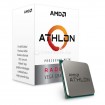

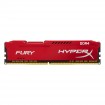
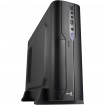
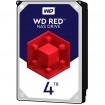
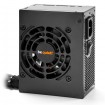
 as it's a 4U server style chassis, my hardware is not disimilar. I've got a Ryzen 2200G, 16GB memory, a cheap X470 motherboard - couldn't find a B450 with enough SATA ports on board and by the time I'd bought a SATA port expansion card, I was at the price of a X470 board.
as it's a 4U server style chassis, my hardware is not disimilar. I've got a Ryzen 2200G, 16GB memory, a cheap X470 motherboard - couldn't find a B450 with enough SATA ports on board and by the time I'd bought a SATA port expansion card, I was at the price of a X470 board.